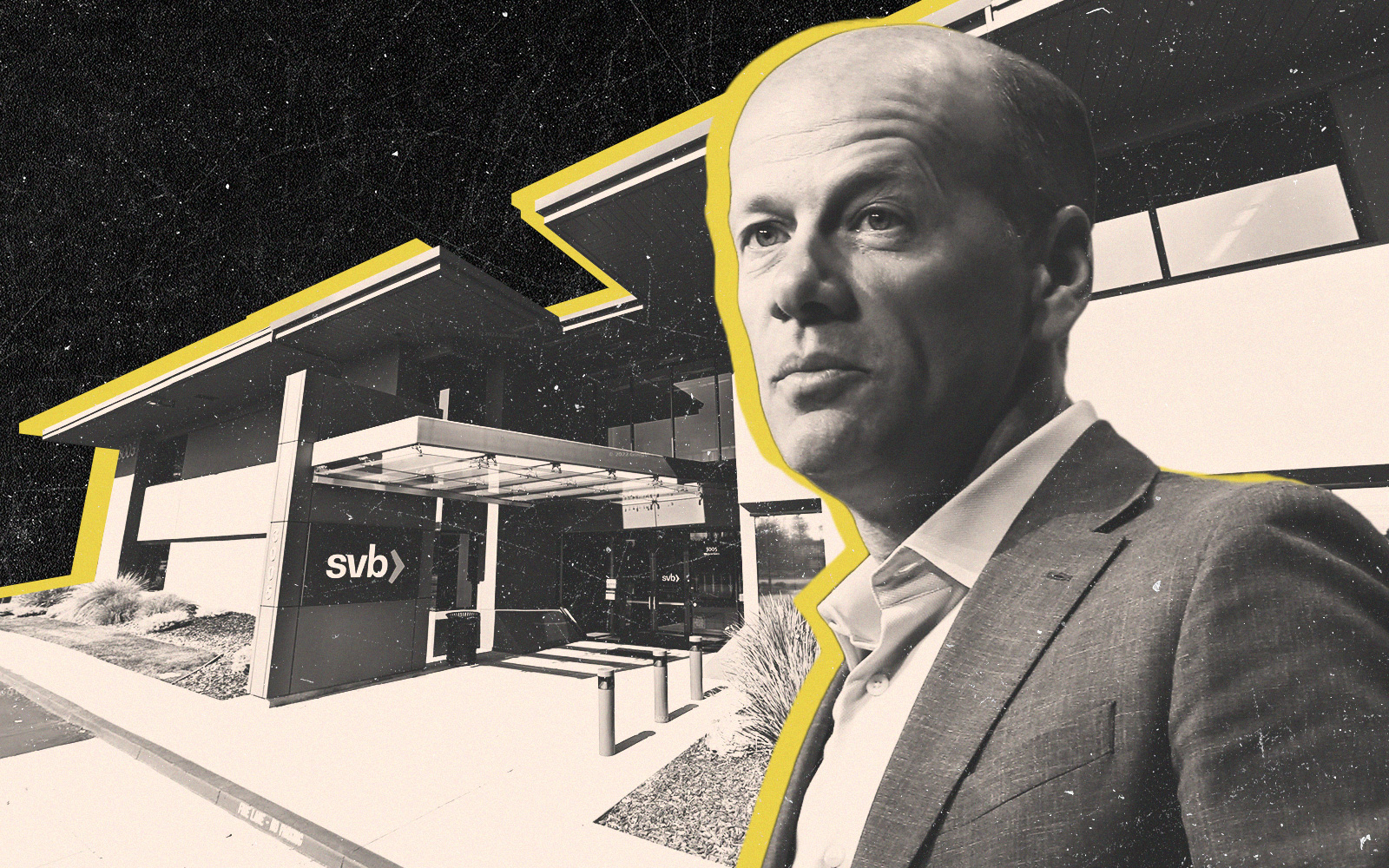The hits just keep on coming for first-time homebuyers.
They, and especially non-white buyers, would have a harder time getting mortgages if regulations unveiled this week to strengthen the banking system are approved, according to the National Housing Conference.
“This proposal would expand the homeownership gap for people of color,” the organization said in a statement, adding the proposal is “unnecessary, unwarranted and dramatically impacts banks’ lending to low- and moderate-income individuals, particularly in a market where home prices and mortgage rates are at historic highs.”
The rules would apply to banks with at least $100 billion in assets, which collectively provide a substantial share of home mortgages. It would reduce their flexibility in issuing loans, resulting in more denials for borrowers who cannot put 20 percent down on a home or have other risk factors, advocates say.
Banks have internal models for calculating risk, but federal regulators aim to replace them with a standardized framework, according to a joint announcement from the Federal Reserve, the FDIC and the Office of the Comptroller for Currency. The idea is to reduce the number of bank failures and bailouts.
To that end, big banks would also be forced to have cash amounting to at least 3 percent of their loans, a metric known as the supplementary leverage ratio requirement. Community banks would not be affected. The Federal Reserve is accepting public comment on the proposals through the end of November.
But the National Housing Conference, an organization of affordable housing leaders, says the regulations will increase the risk weighting on mortgages by 20 percent, making it more difficult for banks to justify giving mortgages to lower-income and first-time homeowners.
As a result, those banks will be less likely to lend to borrowers they see as having a higher risk of failing to pay their loans.
The rules come on the heels of the greatest banking crisis since the Great Recession. This spring, the collapses of regional banks First Republic and Silicon Valley Bank tested the resiliency of the wider banking system.
Regulators want to increase the amount of money banks have on hand, giving them a cushion in case depositors suddenly withdraw their funds, as happened with First Republic and SVB.
First Republic had over $220 billion in assets and Silicon Valley Bank had more than $200 billion when they failed, according to the FDIC.
The rules will raise the amount of liquid capital banks must have on hand by 16 percent, according to regulators, who said that most banks already meet that threshold.
Read more



Although the rules wouldn’t be implemented until 2028, the announcement comes months after the end of First Republic’s Eagle Community Home Loan Program, which offered below market mortgage rates to incentivize purchases under $1.4 million. After the bank failed, it was sold to JPMorgan Chase, which ended the program.
First Republic underwrote more than 10,000 Eagle loans from the program’s inception in 2015 through 2021 — a big help to residential brokerages and agents on home purchases that might not otherwise have closed. The loans totaled over $4.6 billion, and 55 percent of borrowers were not white, according to the bank’s corporate responsibility report.
